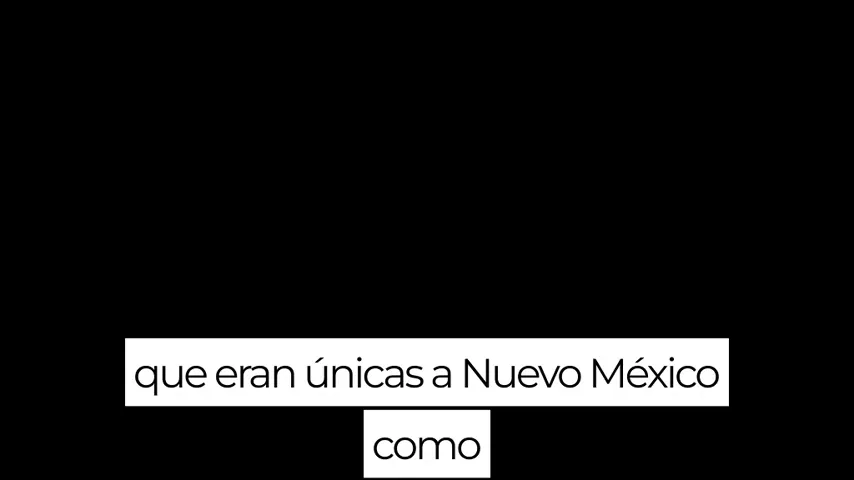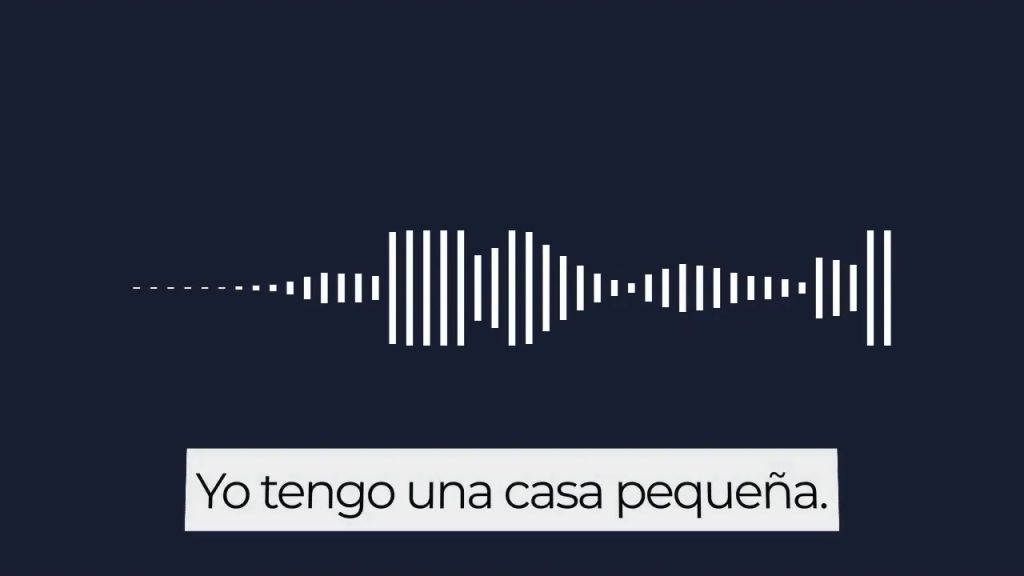Use this short Spanish narrative to teach the imperfect tense in context. If you create Spanish lesson plans, this example gives authentic sentences, simple explanations in English, and practical activities to help learners recognise and produce the imperfect.
A short childhood story in Spanish (authentic sentences)
cuando era niña tenía muchos cambios en mi vida. nací en Maryland donde mi padre trabajaba de profesor de ingeniería en la academia naval. cuando tenía cinco años nos mudamos a Nuevo México donde mi padre había aceptado un puesto en un laboratorio.
The lines above are full of imperfect verbs that describe habits, background information and ongoing states. Below we look at specific examples and explain why the imperfect is the right choice.
More of the story (activities, weather, food)
en Maryland antes de ir a Nuevo México todos vivíamos juntos los cinco en mi familia. en todos los sábados iba a la biblioteca con mi padre. después íbamos a un restaurante para almorzar. me gustaba mucho. en Nuevo México pasaba más tiempo al aire libre a causa del clima. siempre hacía sol, nadaba mucho y vamos a las montañas. pasábamos los fines de semana visitando lagos, monumentos y también otros estados como Colorado y Arizona.
Finally, the narrator talks about food:
tenía la oportunidad de probar muchas comidas nuevas como comida mexicana: enchiladas, tamales, burritos y muchas comidas que eran únicas a Nuevo México como sopapillas o guiso de chile verde.

Why the imperfect? Key uses with examples
Background or description: cuando era niña — “when I was a child.” The imperfect describes an ongoing state or condition in the past.
Habitual actions: en todos los sábados iba a la biblioteca — “every Saturday I used to go to the library.” Habitual, repeated past actions use the imperfect.
Ongoing actions in the past: nadaba mucho — “I swam a lot.” This emphasises duration or repeated activity rather than a single completed event.
Simultaneous past actions: siempre hacía sol y nadaba mucho — “it was always sunny and I swam a lot.” Two ongoing states or actions occurring at the same time use the imperfect.
Common imperfect forms and quick conjugation guide
For a simple pattern to teach students:
-ar verbs: hablaba, hablabas, hablaba, hablábamos, hablabais, hablaban.
-er and -ir verbs: comía, comías, comía, comíamos, comíais, comían.
Use verbs from the story to model practice: era (ser), tenía (tener), trabajaba (trabajar), íbamos (ir), gustaba (gustar).
Activities to include in your Spanish lesson plans
Sentence matching: give students the Spanish sentence and ask for an English translation and identification of the imperfect verb. Example: en todos los sábados iba a la biblioteca.
Fill-in-the-blank: provide the story with gaps and a bank of verbs to put into the imperfect.
Role play: students describe their childhoods using imperfect verbs. Encourage details about weather, habits and repeated activities.
Compare with preterite: pick sentences from the story that could use preterite instead and have learners rewrite them to change the meaning.
If you design Spanish lesson plans, these activities let students practise recognition, translation and production. Use the story as a reading, then convert it into speaking and writing tasks.
Teacher notes and quick tips
Emphasise the difference between completed actions and ongoing or habitual actions. Ask learners to explain why the imperfect is used in each sentence.
Mix receptive and productive tasks. After reading the passage aloud, students can retell it in the imperfect from memory.
Reuse vocabulary from the narrative to build confidence. Food, places and family terms are memorable hooks.
Try adding this story to your set of Spanish lesson plans and adapt the activities for different levels. For beginners, focus on recognition and simple conjugation drills. For intermediate learners, expand into narrative writing and comparisons with the preterite.
Practise again by having students write three sentences about their childhoods using the imperfect. Encourage them to include at least one weather description, one habitual action and one repeated activity.
These steps will help learners feel comfortable using the imperfect in natural contexts and give teachers practical, reusable material for Spanish lesson plans.
Building Proficiency for World Language Learners: 100+ High-Interest Activities
Discover over 100 dynamic activities to make world language learning interactive and fun. I wrote this book with some of my favorite activities for educators aiming to build proficiency with high-impact strategies.
Learn more and get your copy here.
5 Weeks of No and Low Prep Fun
Need quick, engaging activities for your class? This free guide includes 25 no-prep and low-prep ideas to save time while keeping students excited about learning.
Download your free copy now.
100s of videos to learn Spanish:

